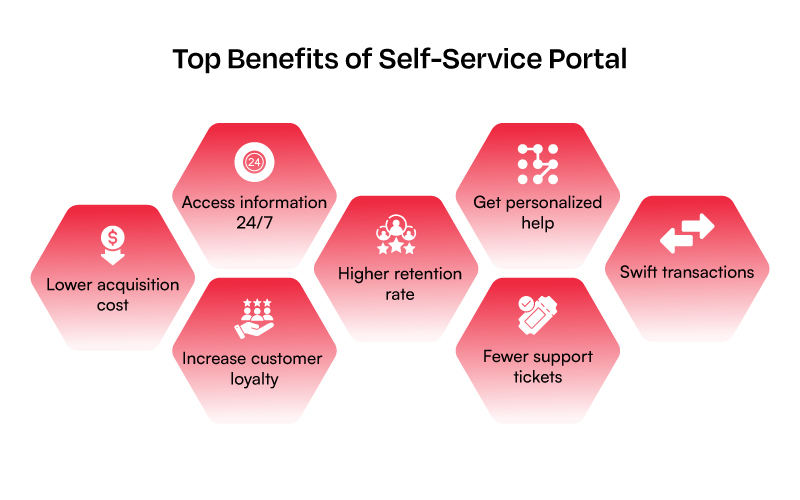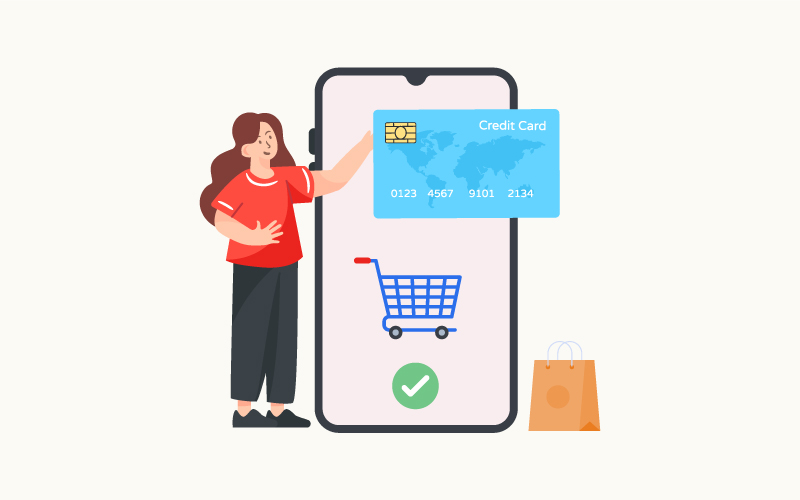Amidst an online shopping spree, a notification suddenly appears, prompting you to change your debit card PIN. At the same time, the item in your cart is on a limited-time sale. Do you sprint to the bank in search of a support executive, or do you go through a manual to navigate the PIN change process independently? Chances are, you, like many others, would opt for self-serve first.
Gone are the days of endless queues and store visits. Today’s customers crave instant solutions. Fueled by technological advancements, self-serve has emerged as a customer expectation, prioritizing convenience and control.
“Since its inception, self-serve has had the potential to handle the vast majority of live calls. Based on studies of more than 8,000 customer journeys, Gartner finds that 70% of customers are using self-serve channels at some point in their resolution journey. Unfortunately, only 9% can fully resolve their issues via self-serve channels.”
Gartner
What are the key instances where self-serve shines?
Self-serve has emerged as an indispensable tool when it comes to enhancing customer satisfaction. If customers are able to resolve issues on their own without having to reach out to a customer support team, they are bound to love the brand and the experience. Even so, it is important to understand and acknowledge the fact that self-serve may not be equipped to handle complex customer concerns. There are some functions that self-serve can perform, these are key instances where self-serve shines:
1. Empowering Customers with Knowledge:
The internet has become a treasure trove of information. Customers today expect to find readily available answers to their questions. A robust self-serve portal equipped with FAQs, troubleshooting guides, and instructional videos empowers them to resolve basic issues independently. This not only saves them time but also fosters a sense of control and accomplishment.
2. Simplifying Routine Tasks:
Self-serve extends beyond troubleshooting. Think about online banking platforms that allow customers to check balances, transfer funds, and even reset passwords. Similarly, e-commerce platforms with intuitive interfaces empower customers to browse products, compare specifications, and complete purchases without needing constant assistance. Streamlining routine tasks through self-serve reduces wait times for both customers and support agents, leading to a more efficient overall experience.
3. Optimizing Agent Time for Advanced Support:
Self-serve solutions handle routine inquiries, allowing support agents to focus on more complex and high-priority issues. By managing tasks such as order status checks, basic troubleshooting, and account updates, self-serve portals reduce the volume of repetitive queries directed to customer service teams. This not only improves efficiency but also ensures that agents are available to provide personalized assistance when it’s needed most, ultimately enhancing the overall customer experience.

By empowering users to find answers and resolve basic issues independently, businesses can not only improve customer satisfaction but also streamline operations and free up valuable support resources for more complex inquiries. Now, let’s delve into the specific ways self-serve solutions can enrich the customer experience.
1. Advanced Chatbot Features for Self-Serve Excellence
AI infused virtual agents can cut labor costs by reducing the reliance on human intervention— leading to as much as 30% decline in customer support service fees. Chatbots can also handle 80% of routine tasks and customer questions.
IBM
Chatbots are game-changers for self-serve. Leverage Natural Language Processing (NLP) to understand what users really mean, not just keywords, and deliver the right answers. Additionally, contextual awareness keeps conversations personal by remembering past interactions within a session, avoiding repetitive questions.
Offer multi-channel support across web, mobile, and even social media for ultimate convenience. While machine learning lets your chatbot continuously learn and improve, a seamless knowledge base integration allows it to share relevant articles and guides on the fly.
Take it a step further with proactive support – the chatbot can identify potential issues and offer solutions before they become problems. Finally, integrate sentiment analysis to understand user emotions and adjust communication style. Empower users with self-serve actions like password resets and appointment scheduling, making your chatbot a true self-serve champion!
2. Seamless Search & Knowledge Base
Integrating a powerful search function empowers users to find answers quickly with a search function that understands natural language and filters results based on relevance.
Building a strong customer experience foundation requires a comprehensive knowledge base. This includes well-organized FAQs, troubleshooting guides, and step-by-step tutorials in various formats (text, images, videos). Categorizing content by user type and common issues simplifies navigation. Additionally, offering context-sensitive content within the user interface helps users find solutions quickly and independently.
3. Personalized Self-serve & Support:
Don’t just offer self-serve, personalize it! By leveraging user data, you can create a frictionless experience. Recommend relevant knowledge base articles based on past interactions (saving user’s time) and personalize search results within your self-serve portal (boosting efficiency).
Research by McKinsey shows that personalization can increase customer satisfaction by up to 80%. Take it a step further: segment your user base for targeted support. By personalizing your self-serve experience, you empower users, improve satisfaction, and ultimately drive business growth.
Personalization drives performance and better customer outcomes. Companies that grow faster drive 40 percent more of their revenue from personalization than their slower-growing counterparts.
McKinsey
The Takeaway:
Self-serve solutions are a win-win for everyone. It acts as a first line of defense, deflecting routine inquiries and freeing up valuable agent time. Customers gain 24/7 access to answers, resolve issues independently, and save time on hold. Businesses see increased efficiency, reduced costs, and higher customer satisfaction.
With Kapture’s self-serve solutions, you can empower your customers and deflect routine inquiries, allowing your agents to focus on complex issues. This fosters stronger relationships and a more strategic work environment. Ultimately, a comprehensive self-serve ecosystem powered by Kapture not only improves efficiency and drives loyalty but also transforms your customer experience from good to exceptional.
Ready to transform your customer service? Explore our self-serve solutions today and start reaping the benefits!








